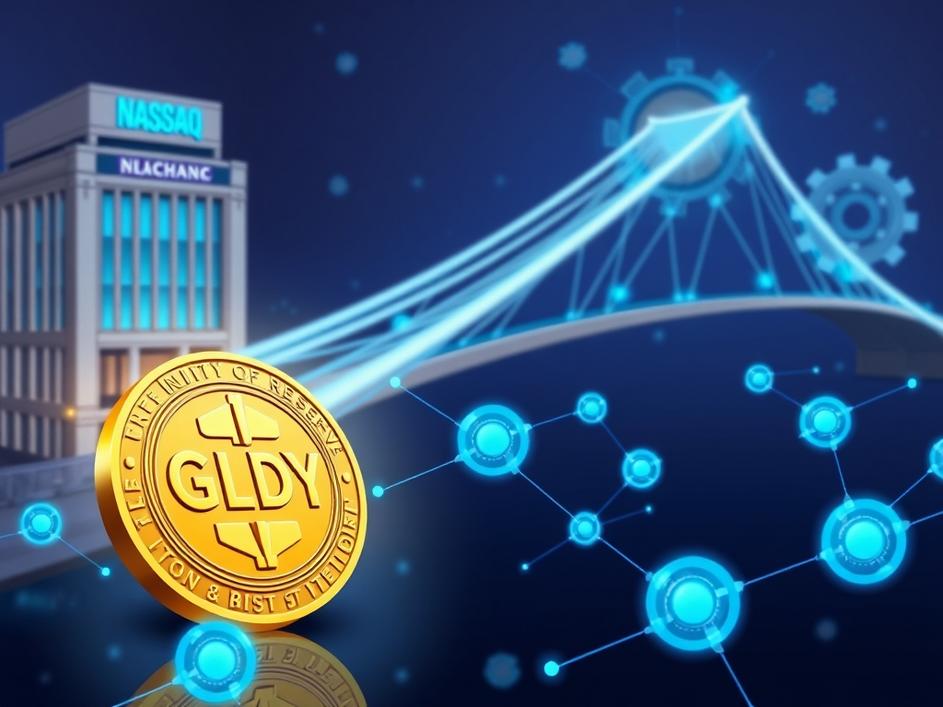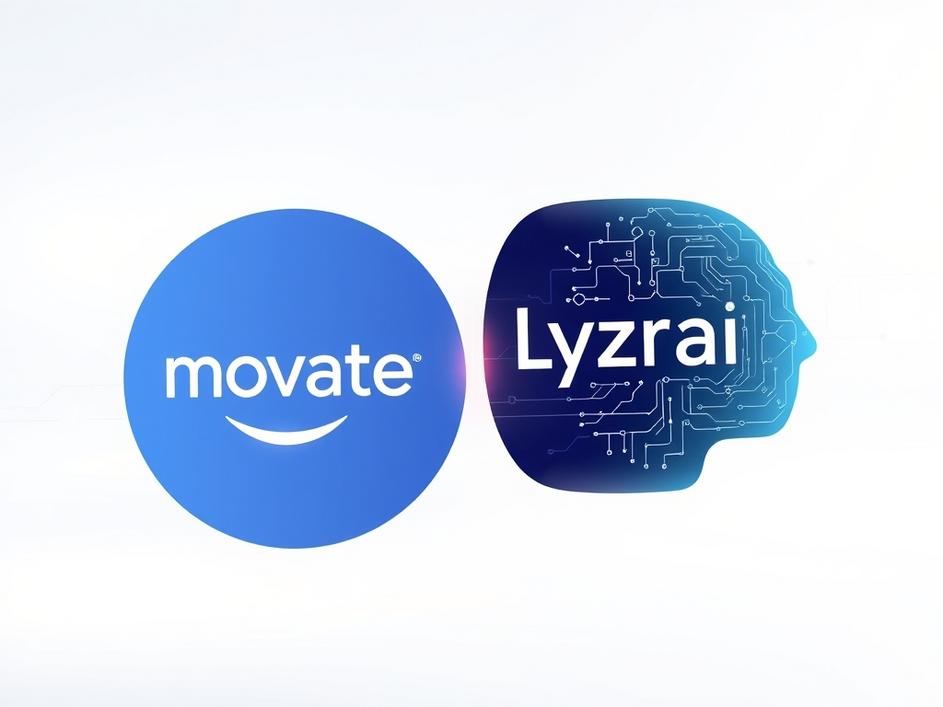


We are a digital agency helping businesses develop immersive, engaging, and user-focused web, app, and software solutions.
2310 Mira Vista Ave
Montrose, CA 91020
2500+ reviews based on client feedback

When we talk about cryptocurrencies, it’s easy to get lost in the excitement of volatile assets and new technologies. But sometimes, the real story isn’t about making a quick buck; it’s about building foundational trust. Stablecoins, those digital assets designed to hold a steady value, are supposed to be the bedrock of the crypto world. Yet, as we’ve seen in the past, even stablecoins can wobble and fall if their backing isn’t transparent and verifiable. This is why a recent announcement caught my eye: Streamex, a company listed on the Nasdaq stock exchange, is teaming up with Chainlink to supercharge its GLDY stablecoin. It’s a move that signals a deeper commitment to security and real-world utility, and it tells us a lot about where the digital asset space might be heading.
\n\n
What's Included?
Toggle\n
Think of a stablecoin as the digital equivalent of a dollar bill in your wallet, but on a blockchain. It’s meant to always be worth one dollar, or one unit of whatever it’s pegged to. This steadiness is crucial for everything from trading on exchanges to making everyday payments. But here’s the catch: for a stablecoin to really work, you have to believe it actually has the reserves backing it up. Is there really a dollar, or a gold bar, or whatever else they claim, sitting in a bank account or vault for every digital coin out there? If that trust breaks, the whole system can crumble. We’ve seen this play out with dramatic effects in the past, causing major ripples through the crypto market. So, the question of verifiable reserves isn’t just an accounting detail; it’s the core of a stablecoin’s promise.
\n\n
\n
This partnership brings together two interesting players. On one side, you have Streamex Corp., a company that has made it onto the Nasdaq, which is a big deal in the traditional financial world. This isn’t some small startup operating in the shadows; it’s a publicly traded entity. On the other side is Chainlink, a key player in the blockchain space known for its ‘oracles’ – these are tools that feed real-world data securely onto blockchains. Streamex wants its GLDY stablecoin to be trustworthy and usable everywhere. So, they’re using Chainlink’s technology for two main things: Proof of Reserve and cross-chain capabilities. This means they’re not just hoping for trust; they’re building it right into the coin’s DNA.
\n\n
\n
Proof of Reserve is exactly what it sounds like: a way to publicly and continuously prove that a stablecoin actually has the assets it claims to have. Imagine if your bank had to show you, in real-time, exactly how much money it held to cover everyone’s deposits. That’s essentially what Chainlink’s Proof of Reserve does for GLDY. It uses automated systems to check Streamex’s reserves (whatever they are, like gold or fiat currency) and then securely puts that information on the blockchain for anyone to see. This isn’t a one-time audit; it’s an ongoing, transparent verification. For users, it means you don’t have to just take Streamex’s word for it; you can see the proof for yourself. This kind of transparency is vital for rebuilding and maintaining confidence in the stablecoin market, especially after past controversies where reserves were less than clear.
\n\n
\n
Beyond proving reserves, the other big piece of this partnership is cross-chain functionality. In the crypto world, there are many different blockchains, like separate countries with their own rules and languages. Sending assets from one blockchain to another can often be tricky, slow, or expensive. Cross-chain capabilities mean GLDY won’t be stuck on just one blockchain. It can move easily and securely between different networks. Why does this matter? Well, it makes GLDY much more flexible and useful. If you want to use it on a DeFi application on one chain, then move it to another for a different purpose, you can. This opens up many more possibilities for users and makes the stablecoin a more versatile tool in the broader digital economy. It’s about breaking down barriers and making digital money work more like the money we use every day, able to go wherever it needs to go.
\n\n
\n
This news isn’t just another tech announcement; it’s a significant indicator of how the digital asset space is evolving. When a Nasdaq-listed company like Streamex decides to issue a stablecoin, and then chooses to integrate robust, industry-leading solutions like Chainlink for trust and interoperability, it speaks volumes. It shows that traditional finance is not just dabbling in crypto, but carefully building the infrastructure needed for serious, long-term participation. They’re addressing the fundamental questions of trust and usability head-on. This isn’t about hype; it’s about making stablecoins genuinely reliable, transparent, and functional across the entire digital landscape. For everyday users and institutions alike, partnerships like this pave the way for a more stable, secure, and integrated future where digital assets can truly serve as a foundation for a new financial era, moving beyond niche markets into mainstream adoption. It’s about bringing the best of both worlds together, ensuring that the innovation of blockchain is matched with the reliability demanded by established finance.
\n\n
\n
The collaboration between Streamex and Chainlink to power the GLDY stablecoin is more than just a technical integration. It’s a statement about the direction of digital assets. By focusing on verifiable reserves and seamless cross-chain movement, they are tackling some of the biggest hurdles stablecoins have faced: transparency and usability. This commitment to a secure, auditable, and interconnected stablecoin could inspire other traditional firms to enter the space with similar rigor. As more established companies build robust, trustworthy digital products, the line between traditional finance and the crypto world will continue to blur, creating a more mature and reliable ecosystem for everyone. It’s a step towards building real digital trust, one verified transaction at a time.



Leave a reply